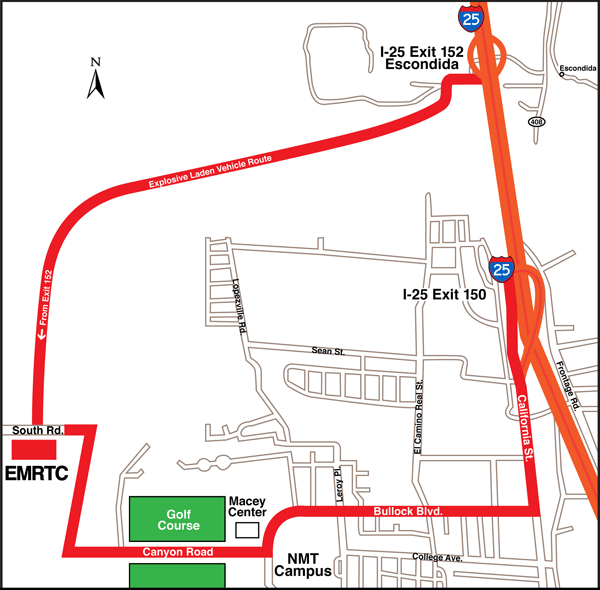
fue llamado san Ped
ro, para que de todos los hombres del mundo fuese señor y superior a quien todos obedeciesen, y fue cabeza de todo él linaje humano, dondequiera que los hombres viniesen en cualquier ley, secta o creencia; y diole todo el mundo por su Reino y jurisdiccion, y como quiera que él mandó poner su silla en Roma, como en lugar

más aparejado para regir el mundo, y juzgar y gobernar
- a todas las gentes, cristianos, moros, judios, gentiles o de cualquier otra secta o creencia que fuere
- n. A este llamaron Papa, porque
- quiere decir admirable, padre mayor y gobernador de todos los hombres. A éste san Pedro obedecieron y tomaron por senor, rey y superior del universo los que en aquel tiempo vivían, y así mismo han tenido a
todos los otros que después de él fueron elegidos al pontificado, y así se
- ha continuado hasta ahora, y continuara hasta que el mundo se acabe. Uno de los Pontifices pasados que
- Drive south on en lugar de este
- sucedio en aquella dignidad y silla que he dicho, como senor del mundo hizo donación de estas islas y tierra firme del mar Oceano a los dichos Rey y Reina y
- sus sucesores en éstos reino
- s, con todo lo que en ella hay, segun se contiene en ciertas escrituras que s
- obre ello pasaron, segun se ha dicho, que podréis ver si quisieseis. Así que Sus Majestades son reyes y senores de estas islas y tie
- rra firme por virtud de la dicha donación; y como a tales reyes y s
- enores algunas islas mas y casi todas a quien esto ha sido notificado, han recibido a Sus Majestades, y los han obedecido y servido y sirven como súbditos lo deben hacer
- , y con buena voluntad y sin ninguna resistencia y luego sin dilación, como fueron informados de los susodichos, obedecieron y reci
bieron los varones religiosos que Sus Altezas les enviaban para que les
- predicasen y ensenasen nuestra Santa Fe y todos ellos de su libre, agradable
- voluntad, sinI-10 premio ni condicion alguna, se tornaron cristiano
- Drive north on s y lo son, y Sus Majestades los recibieron alegre y benignamen
- te, exit 147y así los mandaron tratar como a los otros súbditos y vasallos; y vosotros sois tenidos y obligados a hacer lo mismo. Por ende, como mejor podemos, os rogamos y requeri
- mos que entendais bien esto
- que os hemos dicho, y tomeis para entenderlo y deliberar sobre ello él tiemp
- o que fuere justo, y reconozcais a la Iglesia por senora y superiora del universo mundo, y al Sumo Pontifice, llamado Papa, en su no
- mbre, y al Rey y reina doña Juana, nuestros senores, en su lugar, com
- o a superiores y reyes de esas islas y tierra firme, por virtud de la dicha donación y consintais y deis lugar que éstos padres religiosos os declaren y prediquen lo suso
- dicho. Si así lo hicieseis, hareis bien, y aquello que sois tenidos y obligados, y Sus Altezas y nos en su nombre, os recibiremos co

